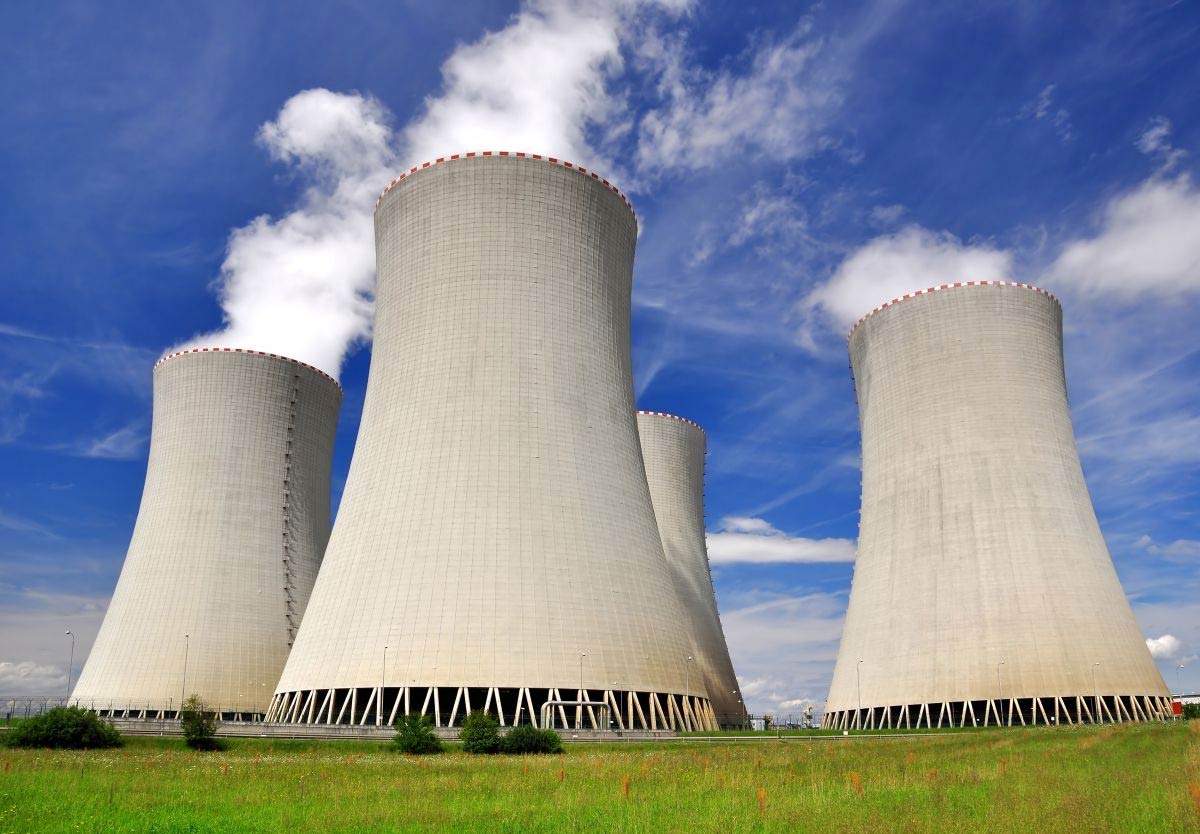What Is Stainless Steel Pipe/Tubes Used For?
Architecture and Construction
The fact that stainless steel Pipe/Tube is resistant to corrosion, is highly flexible, strong, easy to work with and can be finished in a variety of different ways means that it is increasingly being used as a building material on large scale, high impact buildings. Whilst it has always been fairly common for buildings to utilise stainless steel Pipe/tube in the construction of handrails, counter tops and the like, it is now being used on a larger scale as the exterior cladding of buildings.

The dazzling range of forms into which it can be moulded, rolled and shaped makes it perfect for the creation of stunning, experimental buildings such as Frank Gehry’s Walt Disney Concert Hall in Los Angeles. Other examples of the large scale use of stainless steel include the Eurostar Terminal at Waterloo, London and the Petronas Towers in Kuala Lumpur.
Medical and Surgery Equipment
There are two ways in which stainless steel Pipe/Tube is used in the field of medicine. The first of these is for ‘normal’ stainless steel to be used to construct things such as surgical and dental instruments, operating tables and kidney dishes. The fact that stainless steel can easily be sterilised and won’t corrode makes it the ideal substance for items which have to be sterile in order to prevent and fight infection.
Austenitic stainless steel is used in the manufacture of items which only require moderate strength, such as pins, canulae and steam sterilisers. Martensitic steel, because it can be hardened, is more suited to the manufacture of instruments such as scalpels, forceps and surgical chisels.
Another area which uses stainless steel is that of surgical implants – items such as pins and plates to hold broken bones in place and replacement joints.
Offshore Drilling
The tough yet lightweight nature of stainless steel makes it the perfect material for use in the construction of offshore oil and gas rigs. Crude oil is an aggressively corrosive substance, and the latest rigs are constructed using high alloyed, so called ‘super austenitic’ steel.

Chemical and Pharmaceutical
By its very nature, the chemistry and pharmaceutical industry deals with substances which are toxic, dangerous and highly corrosive. Therefore it is vital that components, pipes and storage tanks are constructed from high grade stainless steel. Often, super duplex steelwill be used due to its high strength. The fact that it can be produced in large sheet form also minimises the need for welding, thus maximising structural integrity.
Liquefied Natural Gas
The use of Liquefied Natural Gas (LNG) as an energy source looks set to boom in the immediate future as oil stocks plateau or begin to fall. LNG is a naturally corrosive substance and stainless steel pipes are far more resistant to this than the carbon steel alternative.

Water
>Whether it’s a question of pumping fresh water, storing waste water or turning sea water into fresh water, stainless steel is the natural material of choice since it won’t rust or corrode. The example of desalination – removing the salt from sea water to make it fit for consumption – is a particularly good example. The process usually used is one of distillation, and the combination of heat and high salt levels is such that only duplex stainless steel is capable of standing up to the challenge.
Heating and Energy
Heating systems, or those which store energy (such as solar power) in the form of heat, need to be constructed of materials capable of withstanding temperatures as high as 550 degrees centigrade. Chromium molybdenum steel is capable of working at such extremes of heat, which also makes it the ideal material for the construction of power stations of every kind. Such

These are just a few examples of the multitude of uses to which stainless steels can be put. In the average home you’ll be able to find stainless steel cutlery, pans, sinks, razor blades and larger components such as the drum on a washing machine. Fixtures and fittings around the house as well as supports hidden within the construction of the building itself will also be made of stainless steel, as will the exhaust system and trim on the car parked on the drive.


